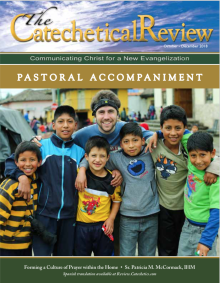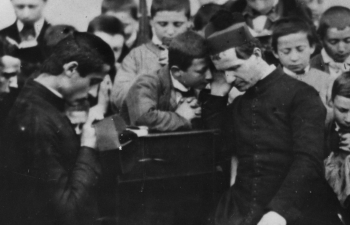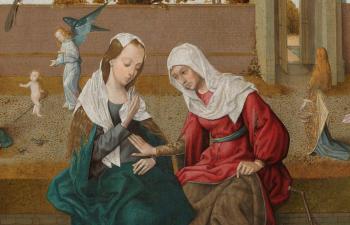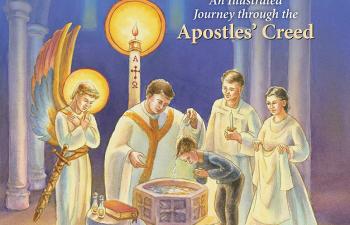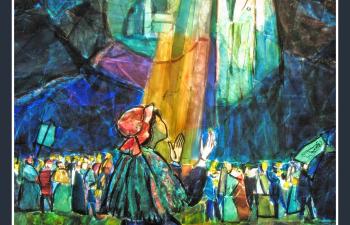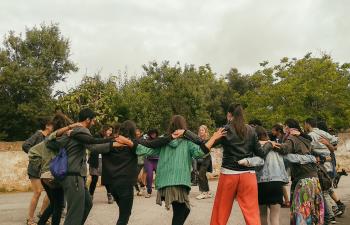How does God make order and beauty in the world, and show it to us? Along with glorious sunsets and colorful flowers, there are other ways to know God as the Creator of beauty. In the apparently invisible realm of mathematics, he is not silent; rather he conveys his order and mystery in mathematical forms, contemplated and understood as meaningful and expressive of his Divine Mind. Hidden in plain sight, those embedded forms can be seen inside of nature in things like symmetries, tessellations, crystals, and plant growth patterns. Those forms can also be incarnated in artwork, which is an area of creative interest for some artists. One of those artists is Piero della Francesca.
Piero della Francesca (1415-1492) was an Italian Early Renaissance painter recognized as an artist with an interest in both religious art and mathematics. He was born into a noble family in Sansepolcro (modern-day Tuscany). After an apprenticeship, he became familiar with the art of some of the highly regarded artists of the day: Masaccio, Donatello, Fra Angelico, Brunelleschi, and others. Piero is known not only as a Renaissance artist but also an authority on mathematics, writing books on geometry, perspective, and proportion. Mathematics and proportion have been embedded in architectural ornamentation since Vitruvius, the ancient Roman architect. Sacred artists and designers made use of much of this knowledge throughout the Middle Ages. The interest in a “Divine Proportion” heated up in the time of the Renaissance when Luca Pacioli, an Italian mathematician and Franciscan friar, wrote his treatise titled On the Divine Proportion, and had it illustrated by his student, Leonardo da Vinci. Pacioli had been a student of Piero della Francesca and developed ideas he gained from Piero, especially those which deals with proportion and proportionality.
The rest of this online article is available for current Guild members.
This article is from The Catechetical Review (Online Edition ISSN 2379-6324) and may be copied for catechetical purposes only. It may not be reprinted in another published work without the permission of The Catechetical Review by contacting [email protected]


